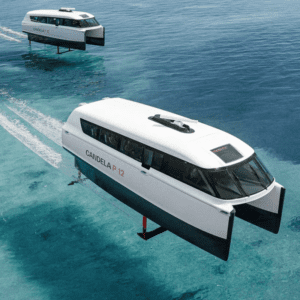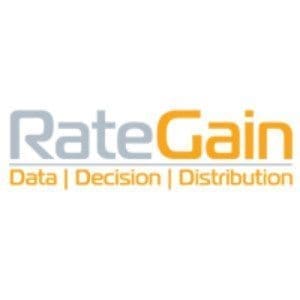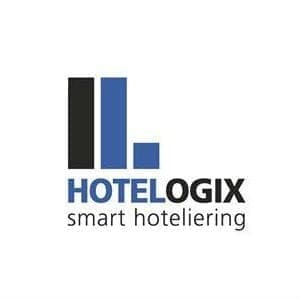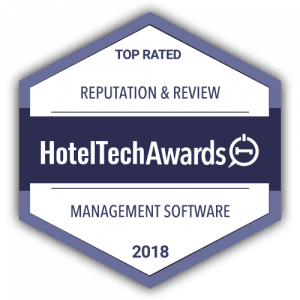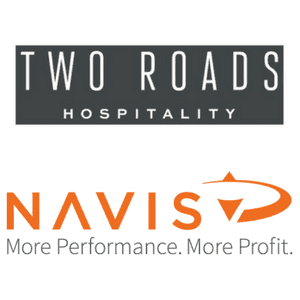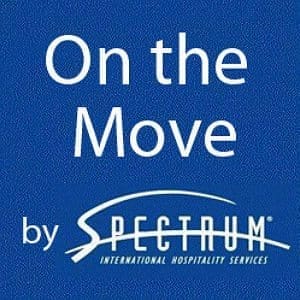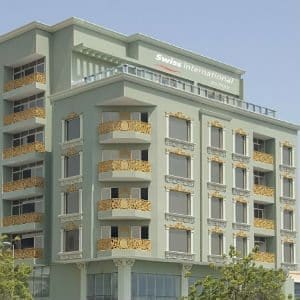No! I don’t mean that the hospitality industry is going crazy by any means. What I am stating is that a good majority of the industry is utilizing an overly logical, left brain business approach to their business. This directly impacts their ability to create a sustainable competitive advantage and differentiate themselves over the commodity positions of the industry.
A big part of my work is to support hospitality enterprises in developing a more sustainable competitive advantage that allows them to differentiate the commodity position of the business by indexing the hospitality intelligence (HI) ratios of the business. The hospitality intelligence represents the more right brain thinking and R-directive processes that are more representative of the non-tangible qualities of the company, versus the left sided business IQ that focuses entirely on the logical and tangibles aspects of the business.
What I have found in my research is that there is a 90:10 or 80:20 relationship between the two, with a logical side dominance. These high L-directive ratios are affecting the industry’s ability to properly utilize all of their resources for developing strategies when it comes to ADR challenges, customer loyalty, brand relevance and advocacy dynamics.
Actually, I do think the industry is crazy
When I think about the rich heritage and history of the hospitality business itself, it was built by visionary intuitive leaders, entrepreneurs, and innovative managerial geniuses that understood the importance and significance of the non-tangible aspects of the business as being their true assets for driving their success.
The hospitality industry has been evolving into an art form since the 1700’s. It has grown from the simple perspective of empathetic thought for what another human being might be going through on their travels away from home to the point that it has generated a level of innovative and creative product offerings, customer service, and hospitality excellence for which the industry is known and respected. We were very much the industry of common sense business approach, as well as being highly intuitive to the customer’s needs, and wants. We were also the industry that knew how to touch the customer’s heart, but now with this overly logical business approach, we are lucky if we can even find a pulse, let alone try to touch their heart in a way that generates trust and loyalty towards the business.
Making the comparison
Allow me to create a comparison of two hospitality enterprises. One has a 90:10 ratio and the other is more balanced and centered with a 50:50 ratio. It has an equally strong presence of hospitality intelligence (HI). This will help illustrate the differences between the two enterprises dealing with a situation that a lot of hotel companies and management groups are contending with, which is the problem around increasing occupancy while still being able to control ADR, but not at the expense of REV- Par, or the ability to increase the guest loyalty towards the brand.
The goal here is to not sacrifice one for the other, but to create a more balanced business perspective around the importance of both L- directive and R- directive business approaches.
The 90:10 L-directed business approach
In this type of business environment, it is normal for the business to first delve heavily into the situation with a strong analytical and financial perspective. This organizational perspective has a tendency to first focus on what their competitors are doing with regards to pricing, product offerings, and other tangible assets of the business. This approach creates a very unemotional, and transactional business culture towards the guest. It can lead to easily detaching the customer from the business and ultimately commoditizing the customer’s position as an outside entity of the business.
There’s a lot of energy spent on revenue and yield management for driving occupancy and revenue. However, this lacks connection to the core guiding principles and purpose of the business purpose. They also rely on business process improvement dynamics and quality assurances that are internally focused, rather than focused on the customer experience. This carries over into the entire organizational culture, with little appreciation for the customer experience dynamics of the business or the emotional connectivity of the business.
Do you want to engage your customer’s heart/emotions or head/logic?
So plain and simple, do you want your customers making decisions about your business based on their heart/emotions or on their head/logical? Customer relationships built on a right brain, heart-centered emotional bond are 10 times more likely to be loyal to the brand, than ones that are created from an overly logical business transaction mindset. A customer in a logical decision-making process will make their buying decisions more so on the non-emotional attachment to the service.
It fortifies the brand persona in how it’s perceived in the marketplace. You may create a brand persona that comes across as all business with a very transactional nature about the brand identity. The last thing a hospitality enterprise wants to do is come across in an overly logical way. Because by doing so, you engage your customer in a very transactional manner and they in turn do the same, i.e. make it all about the money or cost.
This approach will not generate sustainable loyalty, advocacy benefits or increased ADR over the long haul, which is very evident in the hospitality industry presently. All you have to do is look at the national percentages on customer loyalty towards hotels versus OTA’s as well as the drop off in direct bookings. The travelers have made OTA’s their favorite traveling brands and are 10 times more loyal to them than they are to any one hotel brand.
Some of the consequences of an overly logical approach
This is a very important thing to keep in mind with the L- directed business leadership and management approach. More than likely your competition is doing exactly the same thing. (A majority of the industry is playing a logical chess match with one another with the only real winners being the OTA’s.) Your competition can quite easily duplicate, procure and execute these same strategies and neutralize any progress you may have achieved in the short-term.
It explains all the different price wars the industry is constantly engaged in with their competition. That’s why the ROI ratios over time are always so weak. You end up cannibalizing yourselves as a business. (While the OTA sits back and watches the show and capitalizes on the industry’s overly L-directed business mindset.) There is also very little ability to generate a sustainable competitive advantage or differentiate the commodity of the business in the marketplace.
The bigger problem with this type of business approach is that it adversely affects the level of belief and empowerment in your organizational culture on multiple levels. It becomes a slow-growing cancer, which ultimately affects the level of employee engagement and then customer engagement with the brand. It also generates a culture of scarcity throughout the entire hospitality enterprise. I think it’s very difficult when you’re in the constant throes of uncertainty and always feeling a sense of scarcity toward your business’s ability to make it rain. An overly logical mindset can drive these types of emotions and create a negative atmosphere that lacks confidence. A disempowered and unengaged culture of silo-ism is created.
I’ll be writing a follow-up article for the 50: 50 R-directive business perspective which will include a comparison chart that identifies some key areas of difference that are critical to the hospitality industry’s ability to identify gaps in their business for enhancing performance.
About the author
Brett Patten is approaching 35 years in the hospitality industry where he has spent those years accumulating invaluable experience in a variety of leadership positions, and business enterprises. Brett has become one of the top executive leadership and organizational engagement coaches on the subject hospitality intelligence and customer experience design.
Brett’s unique management and business approach consistently transformed hospitality enterprises with sustainable growth results from his days with the prestigious four and five-star hotel brands, such as the Stouffer’s hotels, Pan Pacific Hotels, and Le Meridien hotels, as well as working with prestigious five-star club resort enterprises like the very prestigious Longboat Key, to the launching of a nationally award-winning hospitality brand in 2007.
Brett then turned this business processes into a company called “Five-Star Customer Experience Design.” Today, after spending the last 15 years researching, studying and developing customer experience design strategies for the hospitality and tourism industries, he has become an industry pioneer and the authority on the subject of Hospitality Intelligence. Brett’s company engages with some of the top hotel brands and hospitality groups both nationally and internationally in the industry.




